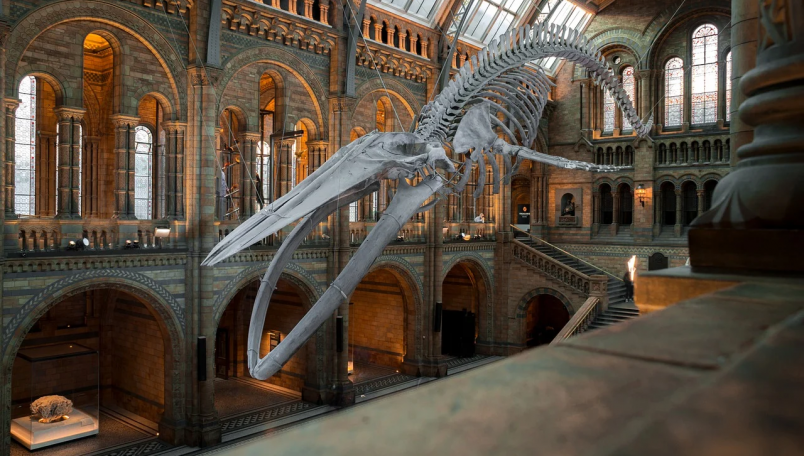Formal language: blue whale
Clip Description
With a tongue that can weigh as much as an elephant and a heart the size of a small car, the blue whale is the largest animal ever known to have lived on Earth. Something so large couldn’t possibly live on land as it would crush itself under its own weight. Yet, despite its mind-boggling dimensions, the blue whale is a gentle giant that spends much of its time in the the depths of the ocean, filtering krill (a tiny shrimp-like animal) from huge gulps of sea water. To satisfy its enormous appetite, at certain times of the year, it must consume 4 tonnes of krill each day – a weight greater than a rhinoceros!
In this fascinating clip, Sir David Attenborough walks us through a computer-generated model of a blue whale, whilst reeling off incredible facts about the blue whale’s size. For example, we learn that the whale’s heart pumps blood through a million miles of blood vessels. Incredibly, we also learn about the distant relatives of the blue whale. You’ll be surprised to hear that they are land-dwelling creatures that exist on the planet today. What do you think they are? Watch the clip to find out.
Word Challenge
After watching the clip, look at Year 5/6 Word List.
Circle the words that could relate to a blue whale’s impressive dimensions, diet, behaviour and habitat.


